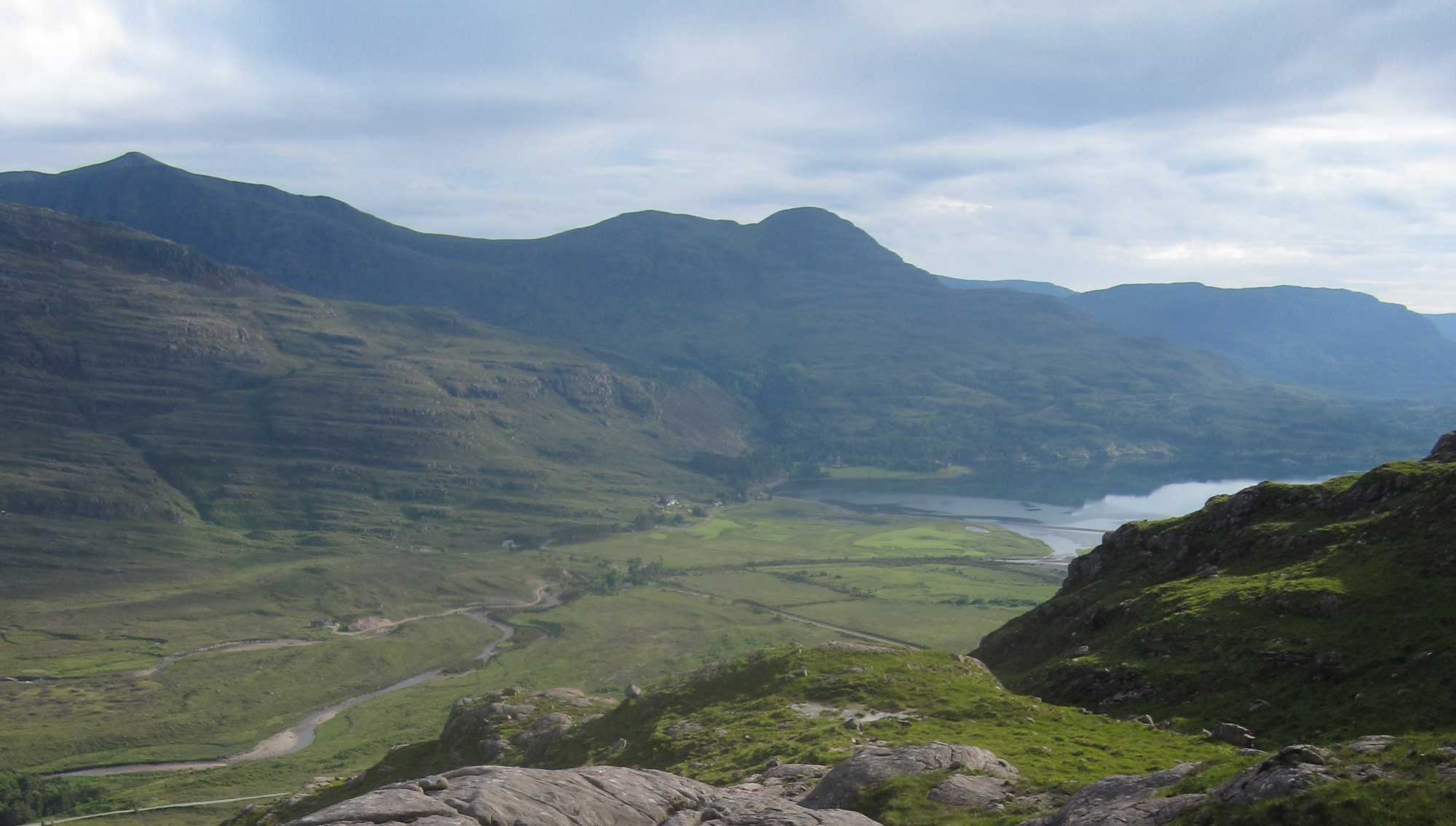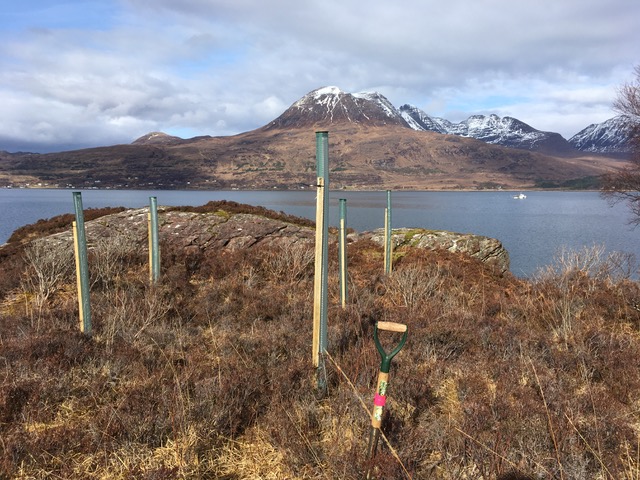
Aspen planted in 1.8m tubes by Loch Torridon.
Over the past year I have been involved in a project to plant 3,500 native trees on Ben Damph Estate in the Highlands of Scotland. It was a part of a Forestry Commission Scotland grant to improve woodland in an area previously infested with rhododendron ponticum. This blog is an attempt to exchange knowledge on the challenges of planting in a landscape shared with red deer and rhoddies, and a little bit of philosophy about the joys of planting trees…
In 2013 Ben Damph Estate undertook to clear 100 hectares of rhododendron ponticum as part of the Scottish Rural Development Programme, funded by Europe. You can find out more about the ongoing clearance here.
Over three years we used a machine to ‘mulch’ the rhododendrons or cut them down with chainsaws and burned the brash. Unfortunately, all these techniques have seen a measure of regrowth and though we try to minimise chemical use, follow-up spraying with glyphosate is necessary. In previous posts I have spoken about rhododendron ‘eradication’. In the short term it would be more accurate to talk about ‘control’.
As an invasive species, rhododendron ponticum, originally from Asia, is able to spread fast in the acid soils of the Highlands and blocks out any native species, in this case some of the best examples of temperate rainforest left in Europe.
No one disputes the damage caused by rhododendron ponticum. The question is, what comes next?
It has been reported that rhododendrons ‘poison’ the soil so nothing can grow once they have been cleared. I am not sure this is true, but I am certain rhododendrons starve the soil of light and therefore the native moss, lichens, bryophytes and trees cannot continue to grow and feed the ‘good bacteria’.
After bringing the rhododendrons under control, it was decided one of the best ways to bring life back into the soil and the land was to plant trees. The Forestry Commission Scotland offered a Woodland Improvement Grant to cover the costs of the equipment and trees, but for the planting it was necessary to use volunteers. Some friends offered to help out in exchange for beer, under our informal group Trees for Beers.
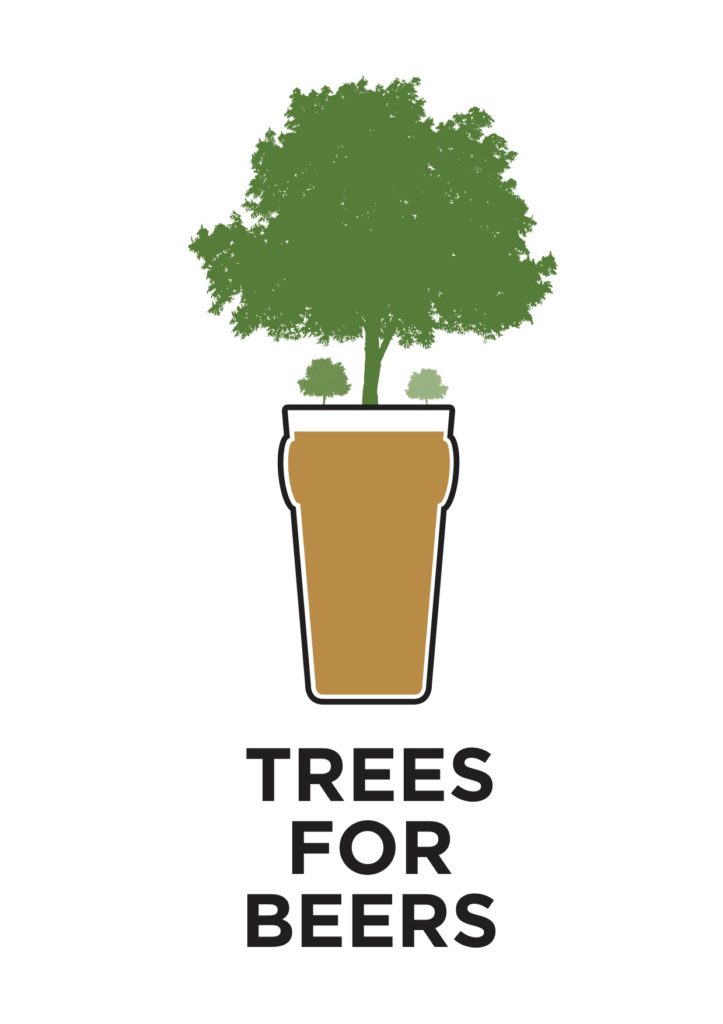
The trees were ordered: Mostly birch, but also rowan, sessile oak, hawthorn, aspen, alder, willow, holly, Scots pine, gean and hazel. We used Christie-Elite, Organic Trees in Morvern, Trees for Life and Eadha for aspen. All had to prove the provenance of the seed was local to the Highlands to ensure the planting is as natural as possible.
We used mostly bare root trees, and some cell-grown aspen.
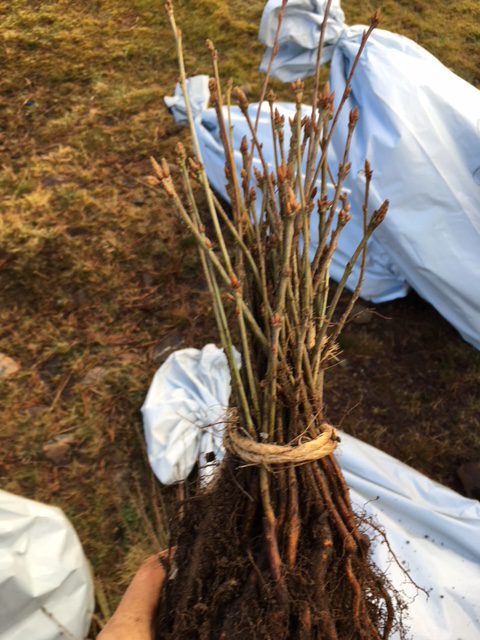
Bare root trees ready for planting.
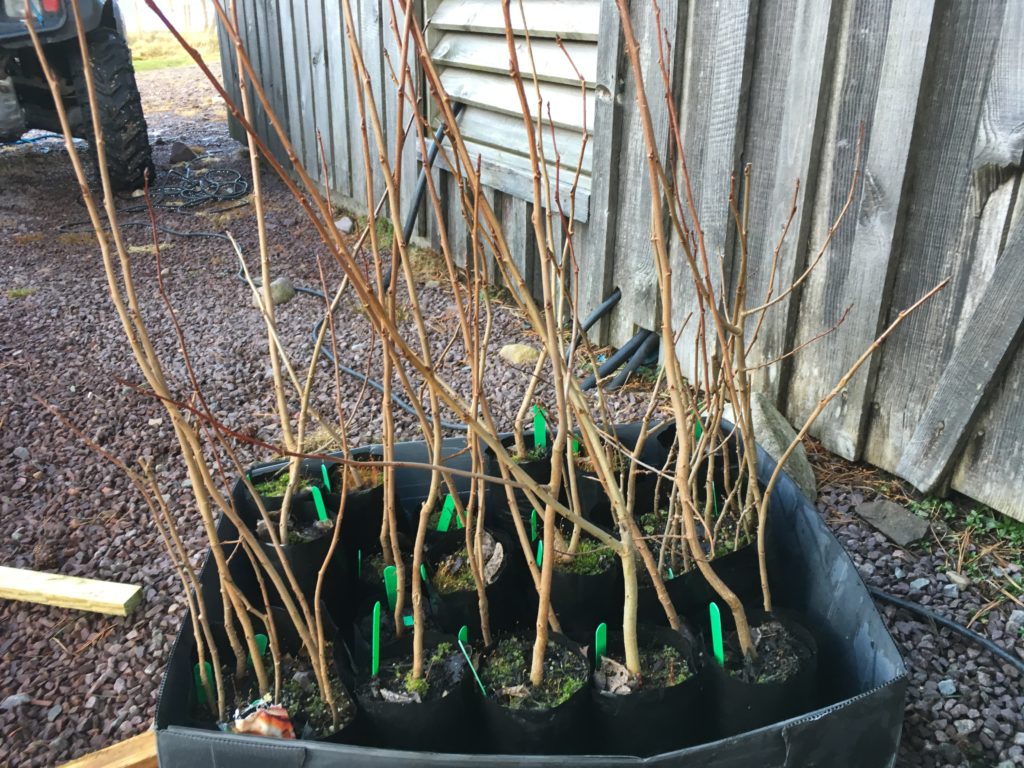
Cell-grown aspen.
To protect the trees from red deer it was necessary to use 1.8m stakes and tubes from Cheviot Trees. In more exposed spots we used 1.2m stakes and tubes as the taller tubes were likely to be knocked down in the wind.
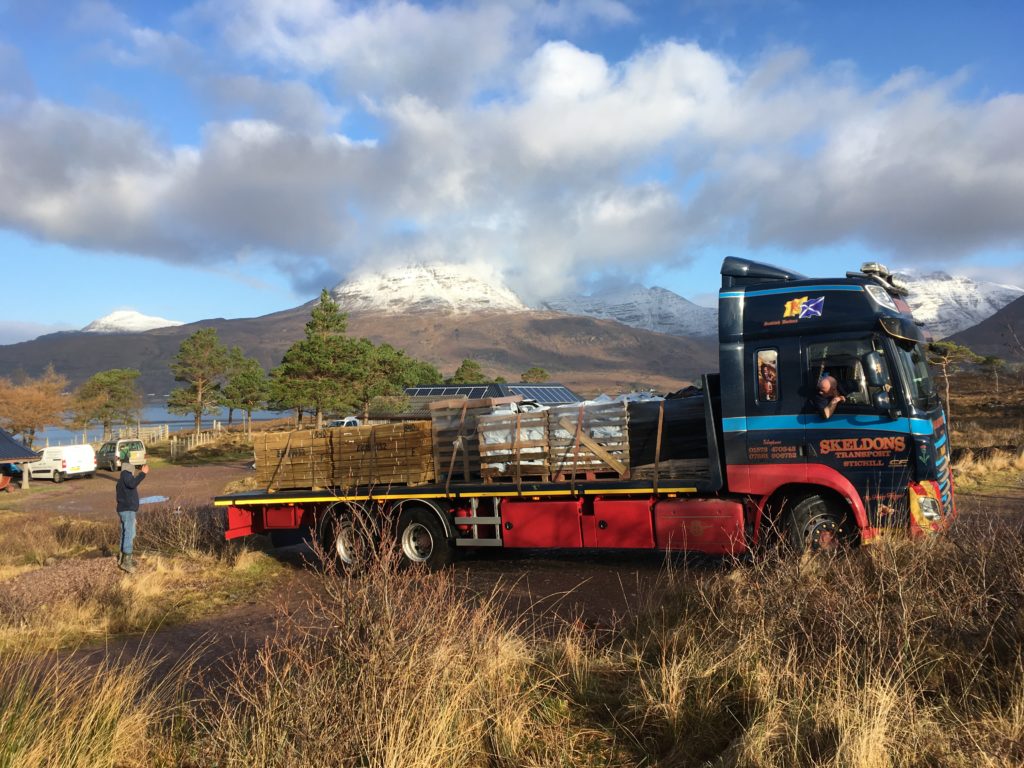
The stakes arriving from Cheviot trees.
The need for stakes and tubes made it a much more labour intensive process than just planting trees. First, the stake had to be carried through moorland bogs to the best planting areas.
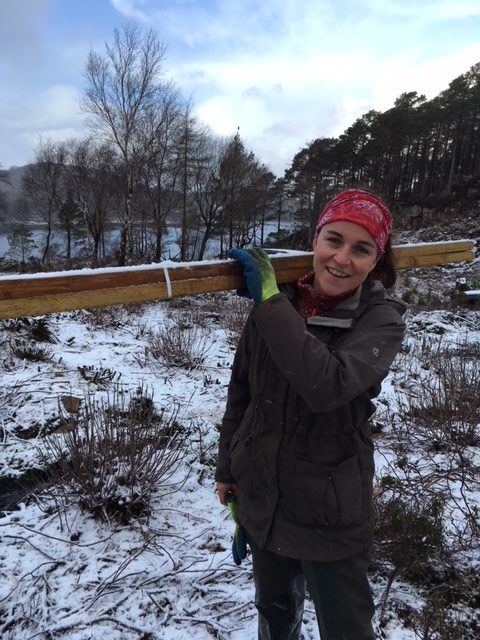
Carrying in the stakes.
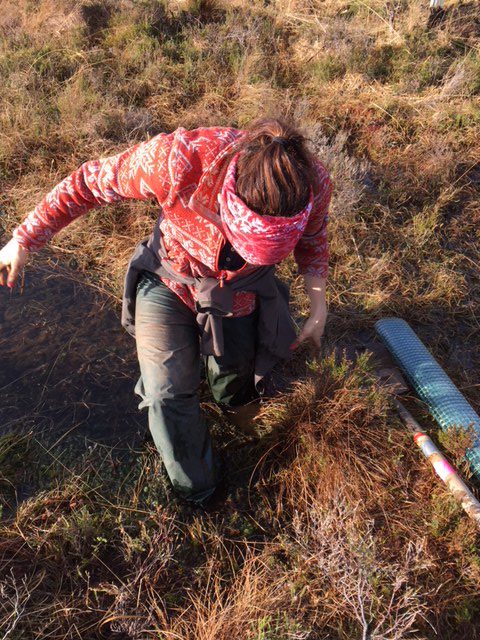
We often ended up in bogs.
Generally, we tried to plant where there was bracken, as that is evidence of fertile soils.

Trees planted in bracken, a sign of fertile soil.
Or rhododendron brash, where the good soil had been covered by rhododendrons for up to a century.

Trees planted in rhododendron brash.
The stakes were bashed into the ground using lump hammers or stake drivers.

Stakes were hammered in using lump hammers or stake-drivers.
The trees were given a teaspoon of slow release fertiliser sprinkled into the planting hole. A small amount of artificial fertiliser in such degraded soil will help the trees get going and is standard practice.
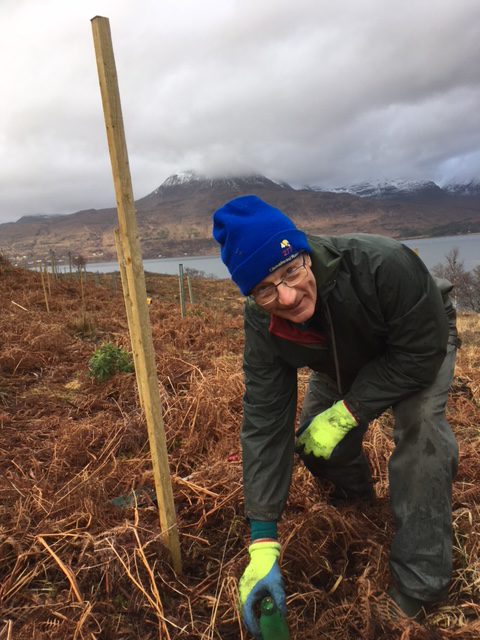
A small amount of slow release fertiliser was given to each tree.
We also used mycorrhizal powder for a small experimental plot of ‘organic’ trees.

Mycorrhizal powder was used for an experimental ‘organic’ plot.
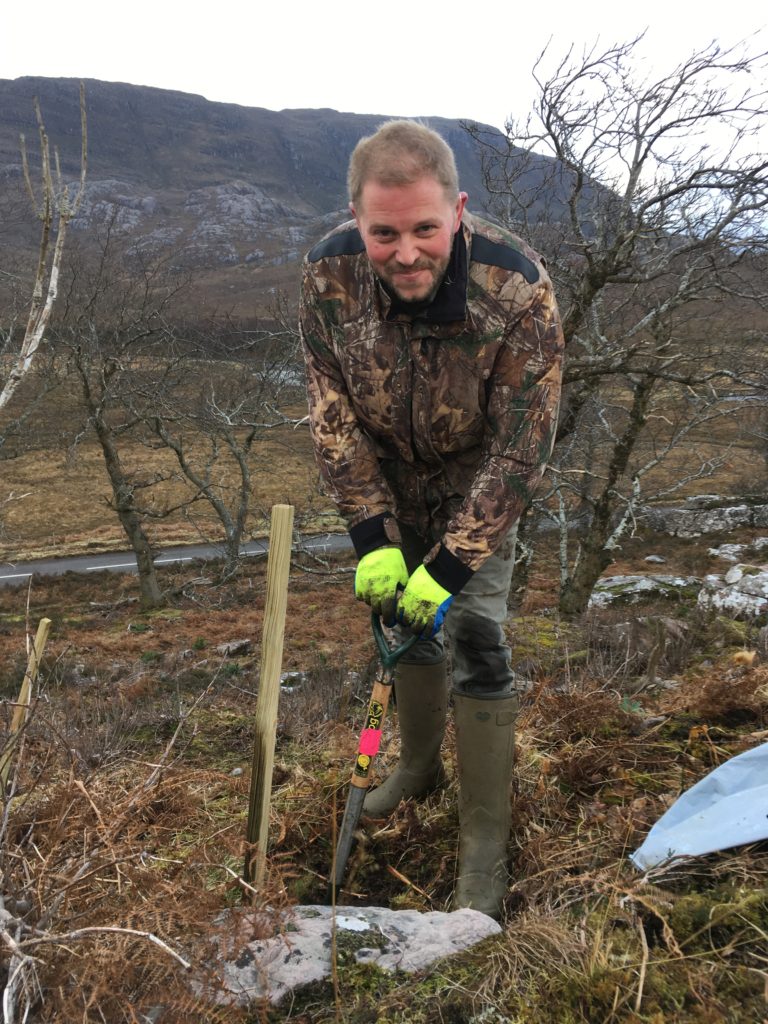
Planting organic trees.
The biggest threat to trees in the Highlands is the red deer, that eat the young shoots in the spring, stunting growth or killing the trees.
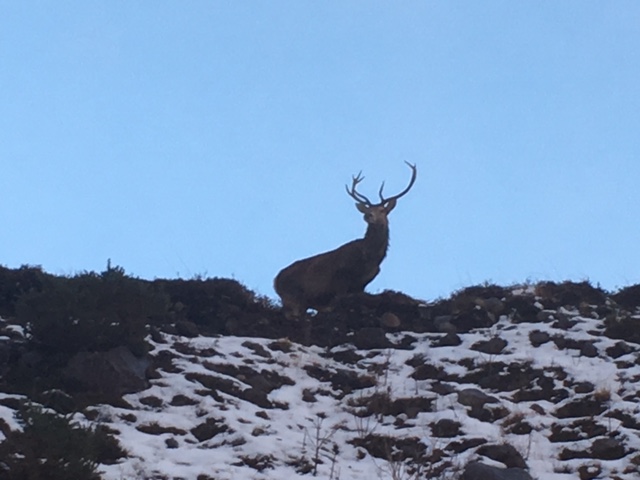
Red deer eat the young trees if they are not protected.
Each tree was covered by a tube attached to a stake to protect it from the deer. We used Tubex open mesh, as this is more stable in the wind and exposes the tree to the element as it grows, hopefully making it more robust. We also used Tubex shelterguard mesh, which is laminated with a thin translucent lining. This means the tree is protected for the first couple of years of growth before the lining breaks down, exposing the tree gradually to the wind and rain.
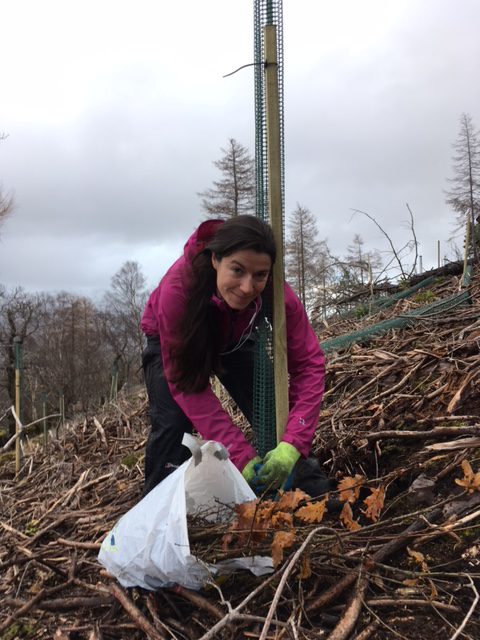
Mesh tubes were attached to each stake to protect the tree from deer.
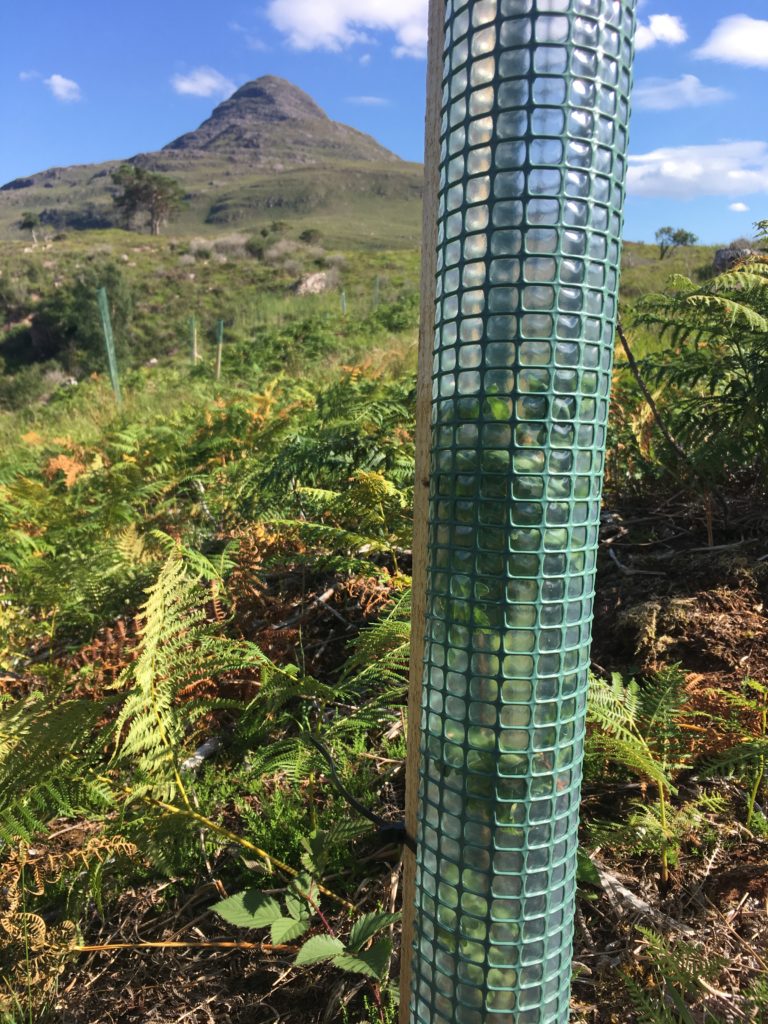
Laminated mesh to protect the tree for the first couple of years.
The trees were planted in all weathers between December and March.
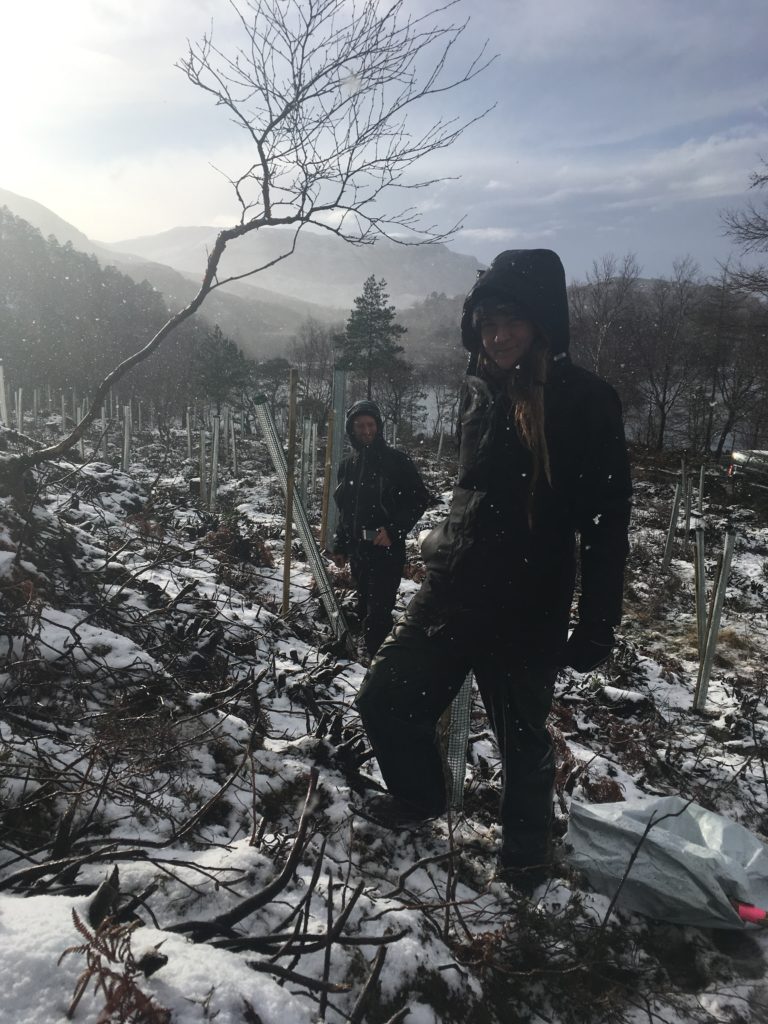
Planting in snow and hail.
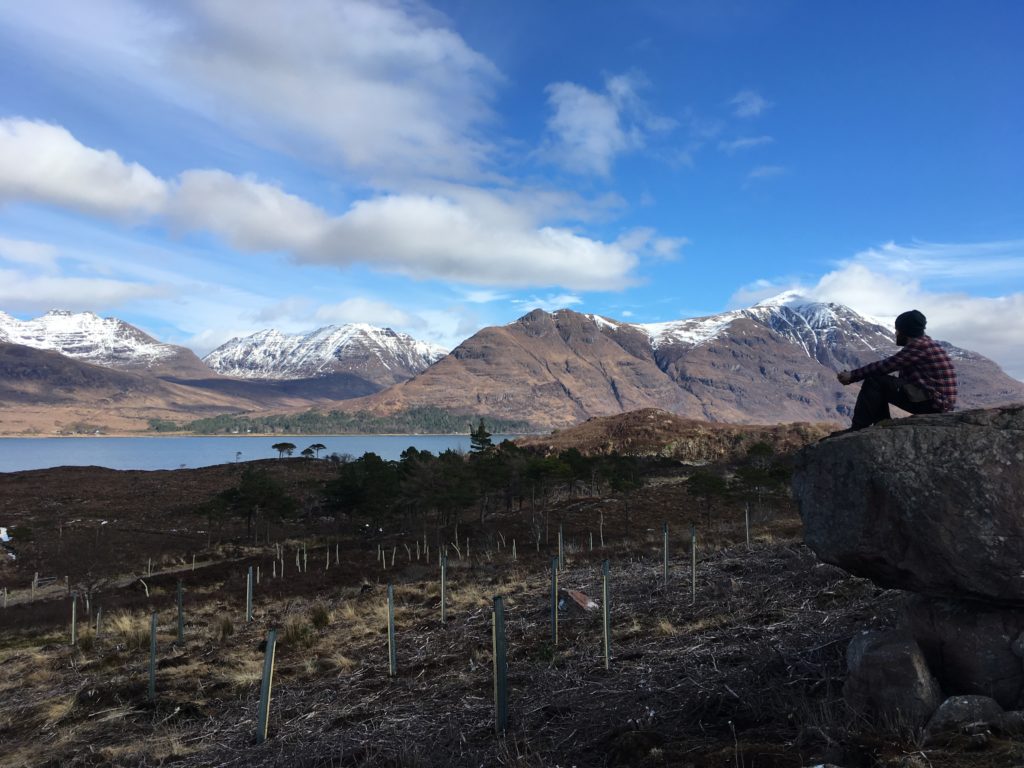
Planting in sunshine.
I have waited a year to write about the scheme, as tree planting can be challenging and I wanted to know at least some of the trees have made it. But I am happy to report that most of the trees are growing well. Rowan are already growing out of some of the 1.2m tubes.
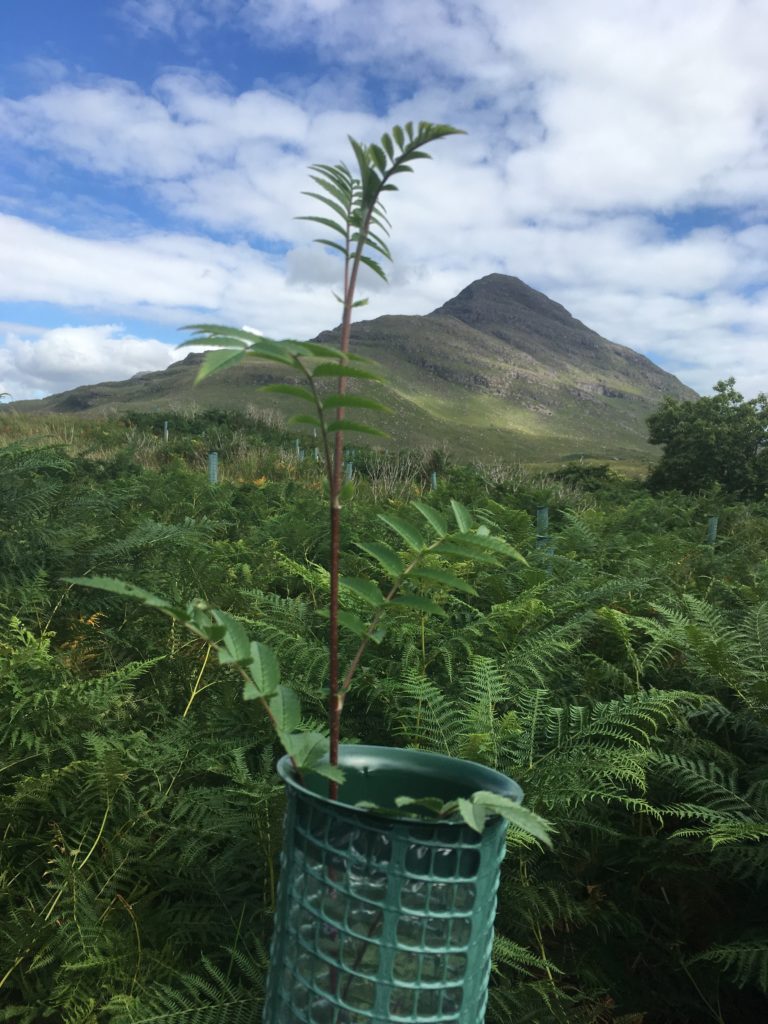
Some trees, mostly rowan, are already out the top of the 1.2 tubes.
The use of stakes and tubes in such a wild and windy spot has been challenging and we have had to ‘double stake’ in many areas. We have also experimented with wrapping sheep’s wool around young trees to deter deer. I will try to keep you updated with progress.
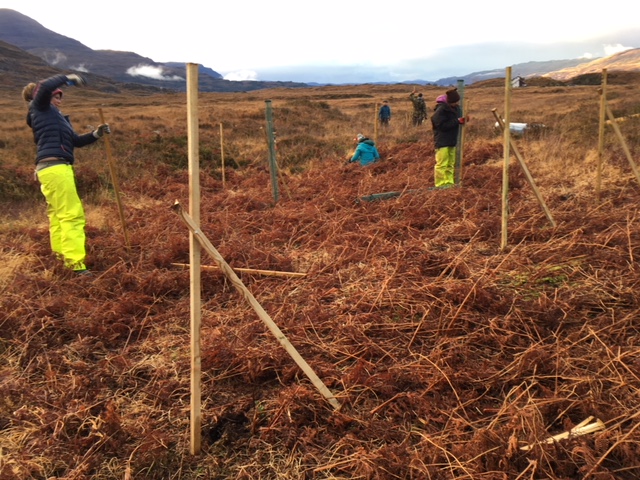
Double staking trees using triangulation.
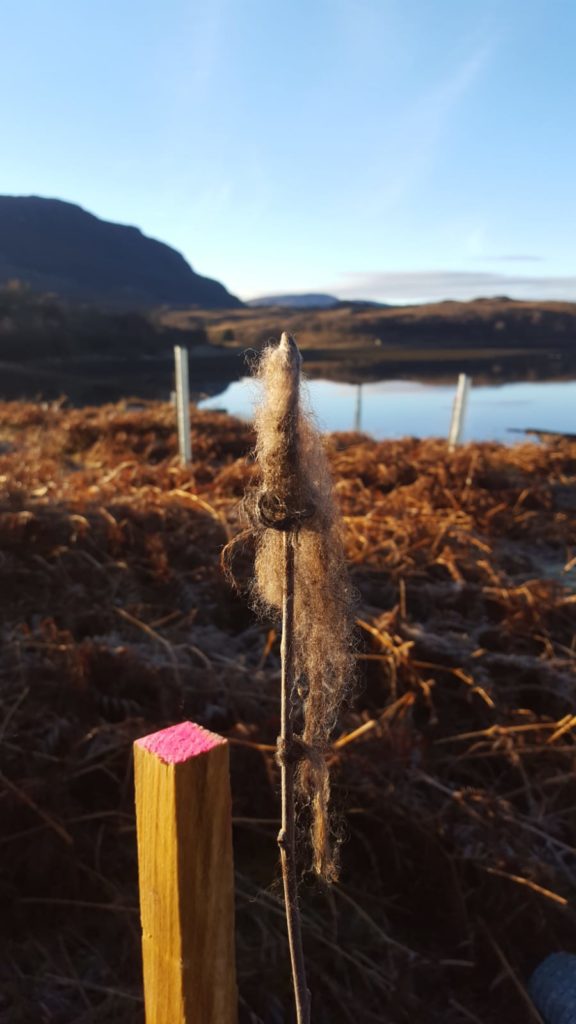
Sheeps wool on trees to stop the deer browsing.
It might seem a bit of a cliché but really there is nothing like planting trees for peace of mind. Even if our attempts to control the deer and hold back the rhoddies are partially successful, even if only some of the trees make it, I know that the hard work of the volunteers will have paid off in helping to restore the Caledonian Forest.
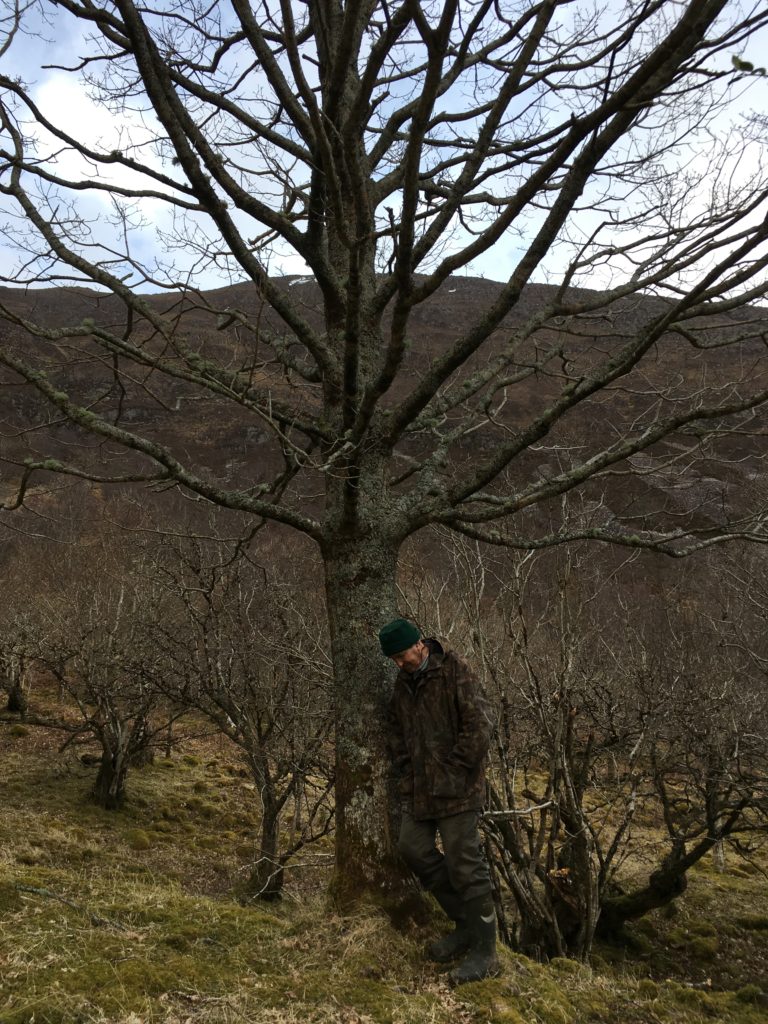
My father with an oak tree he planted 35 years ago.
If you are interested in tree planting, especially in areas infested with deer or rhododendrons, or would like to ask questions and share knowledge, then please do join in the comments below.
Thanks again to all the volunteers, only some of whom are pictured. None of it would have been possible without you.
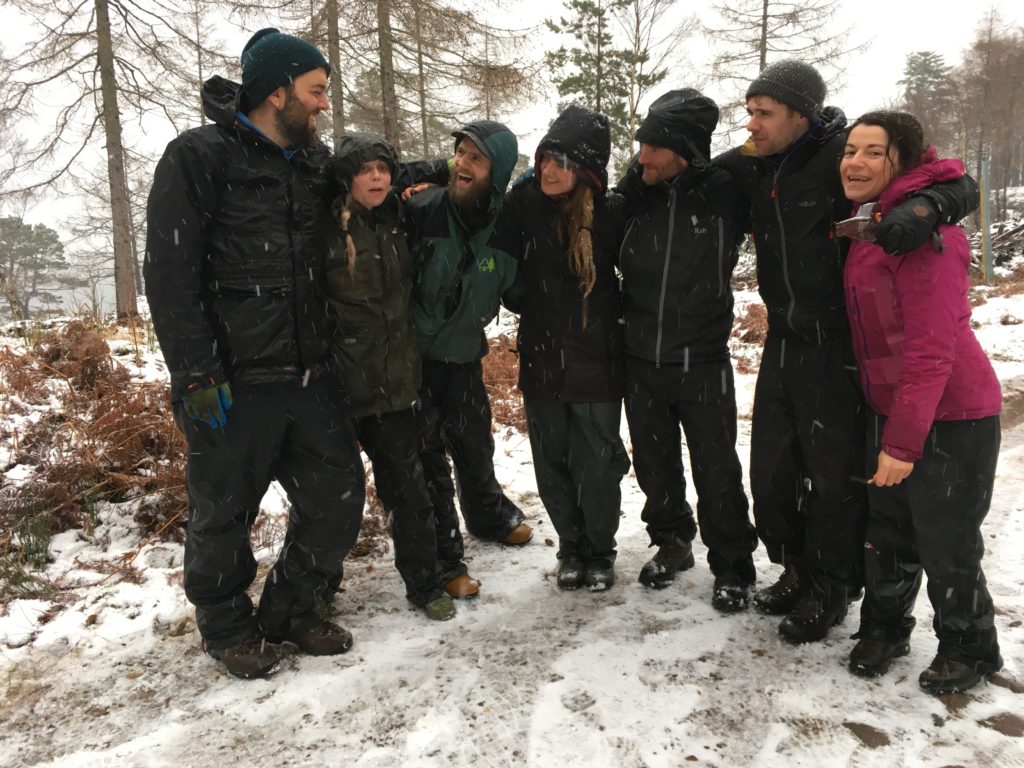
The wonderful Trees for Beers volunteers.
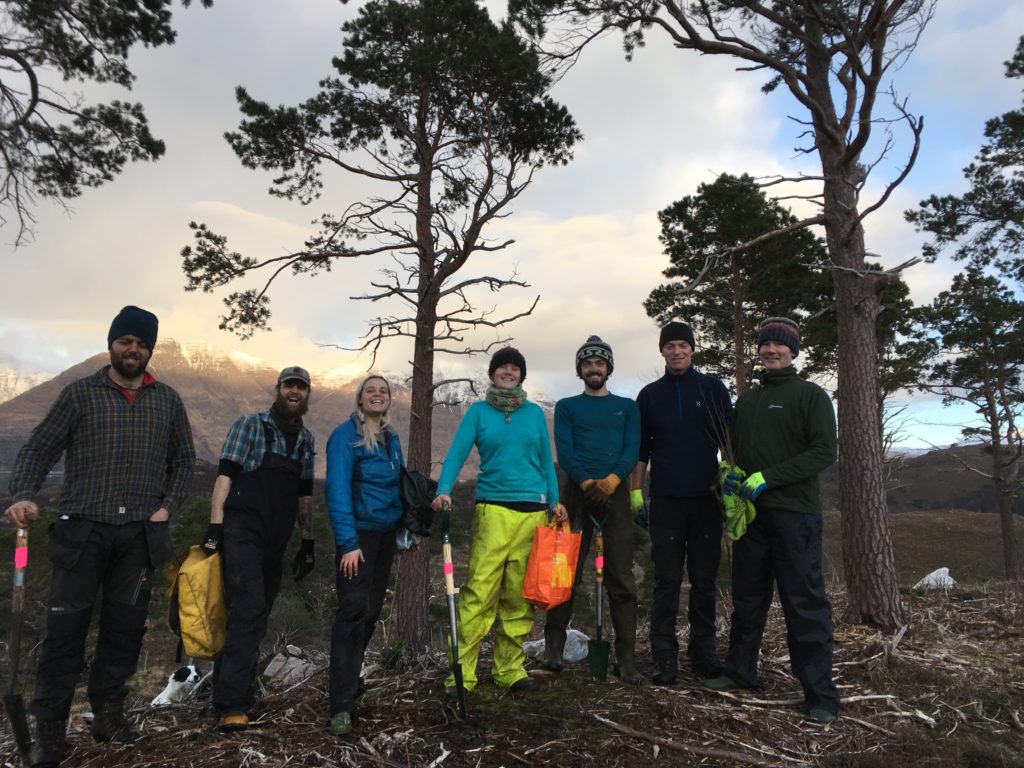
The wonderful Trees for Beers volunteers.


